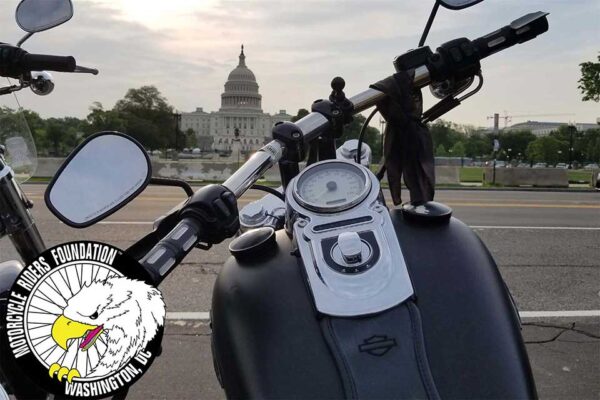Not Our Circus: 1%er Clubs in the Media
an article by Amy Irene White Hang on, I am going to say a lot of words, and step on some toes… Pull up your big girl panties and put on your steel toed boots, because I am once again going to be defending the 1% and their support clubs. Now, I realize me defending […]
Not Our Circus: 1%er Clubs in the Media Read More »


